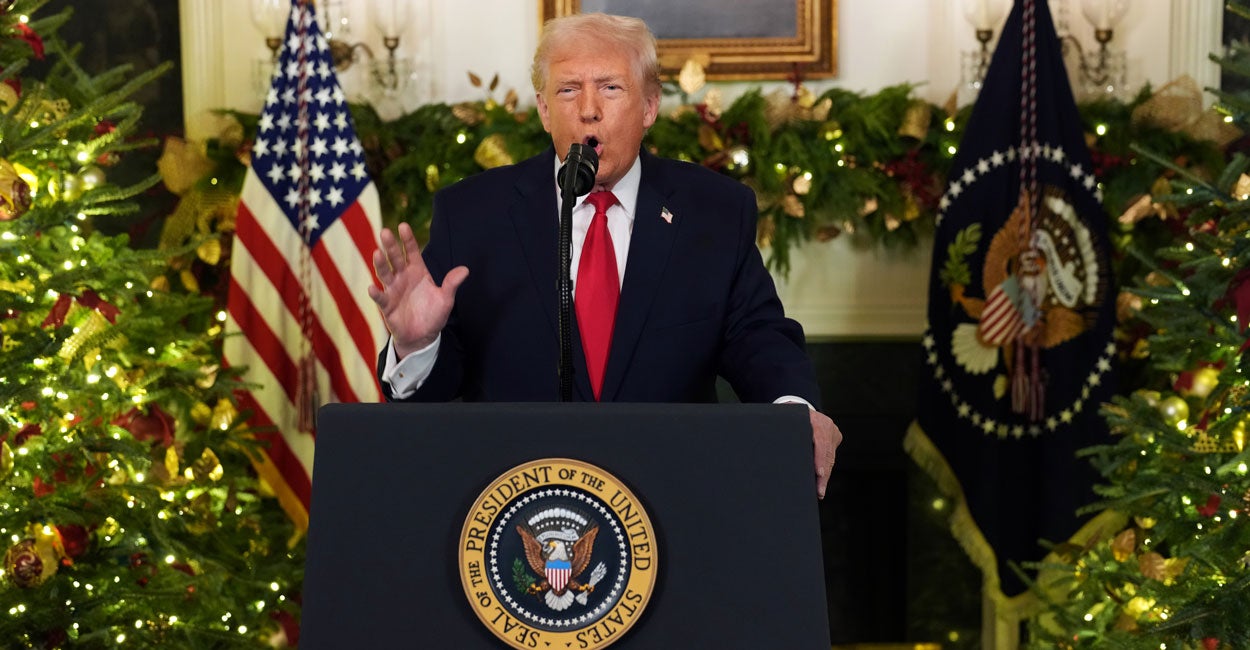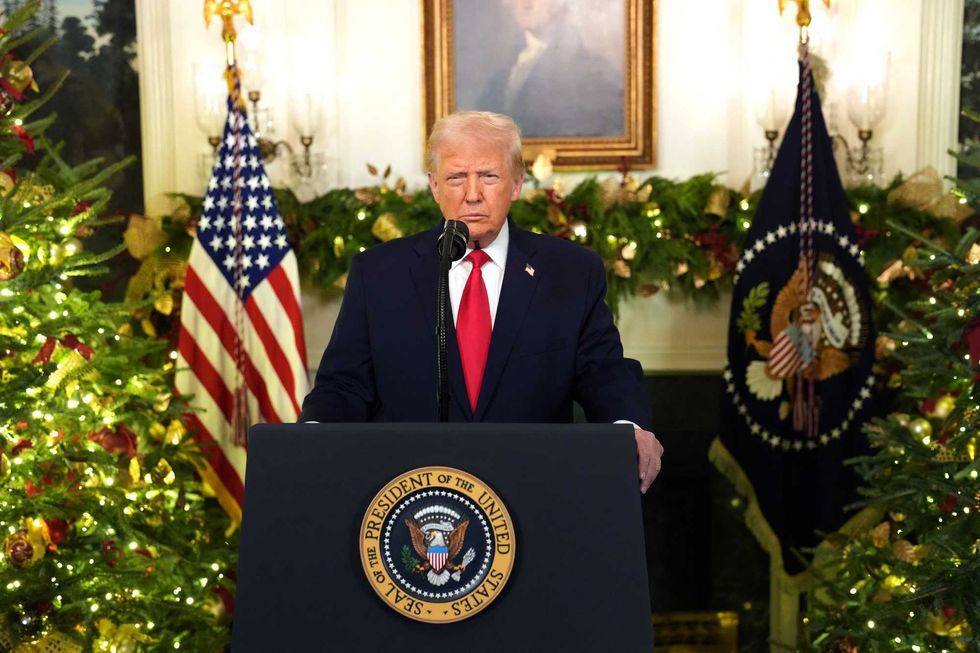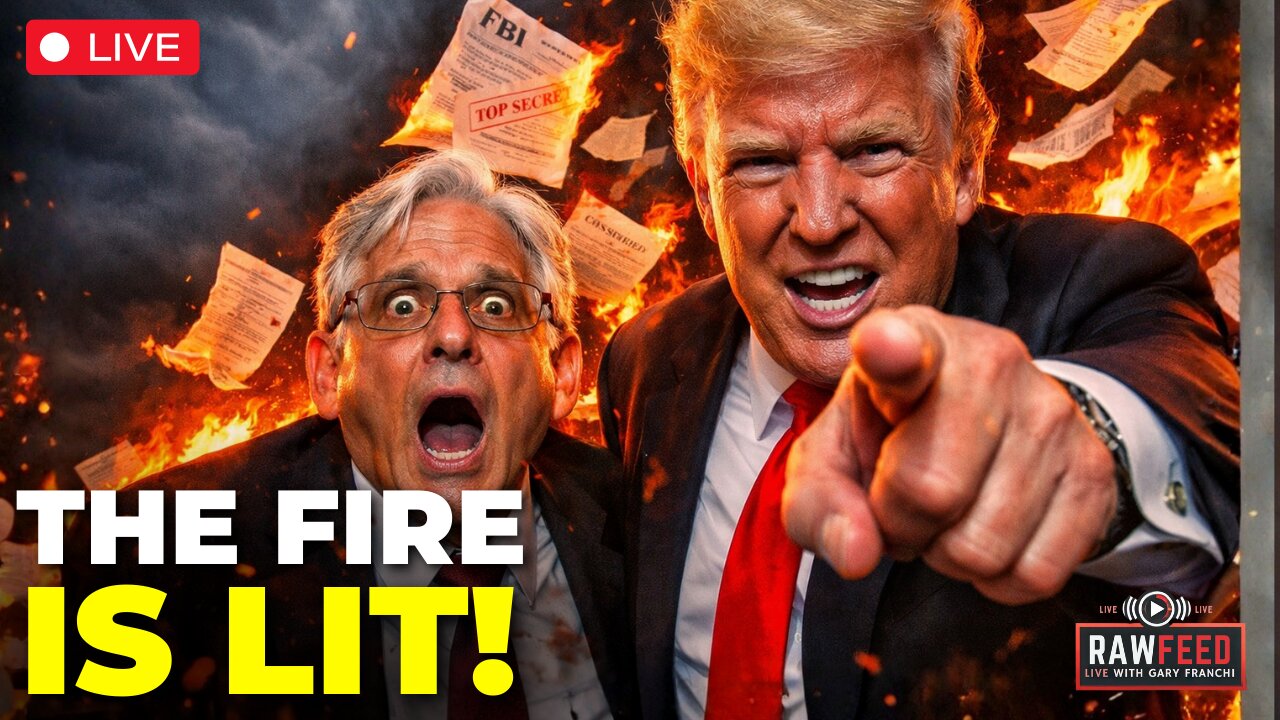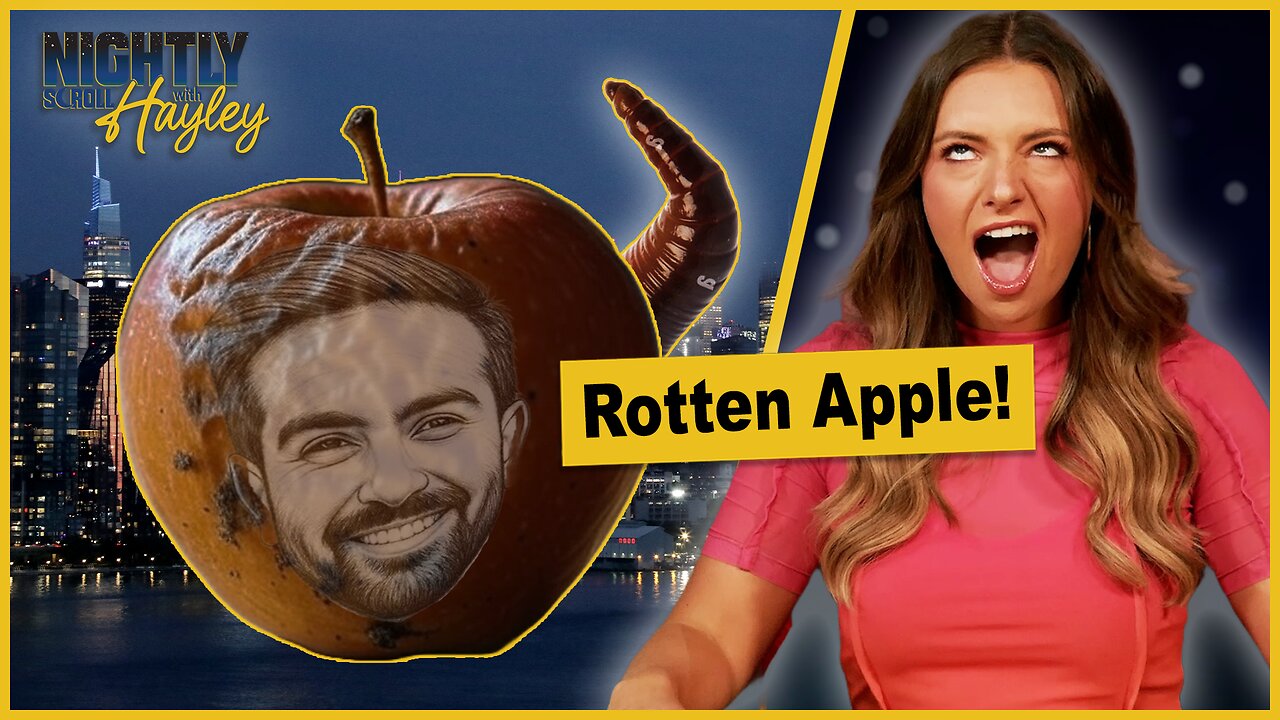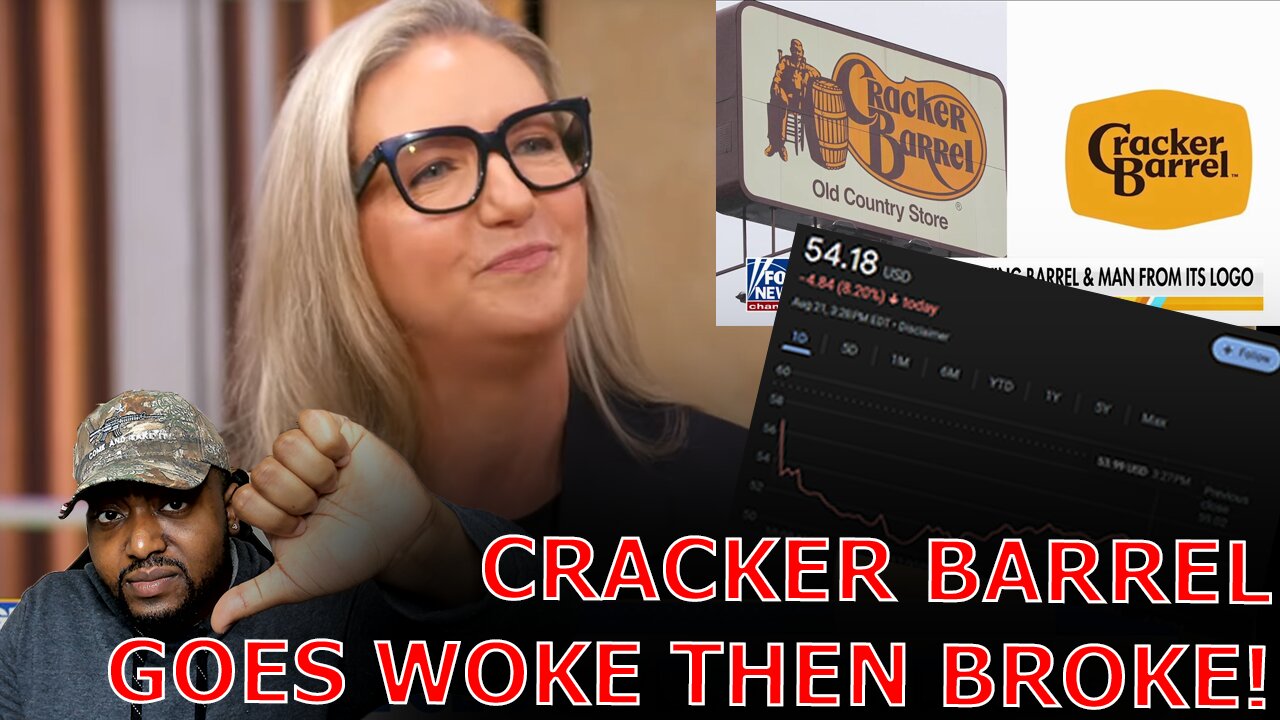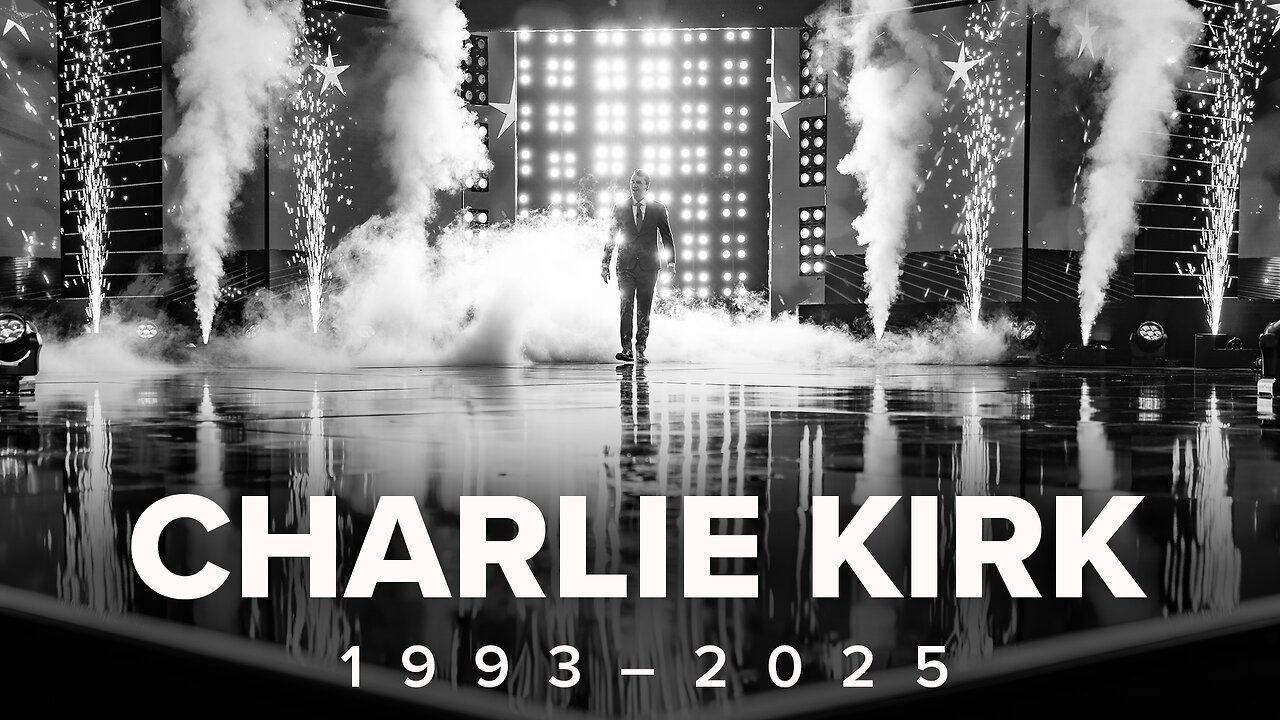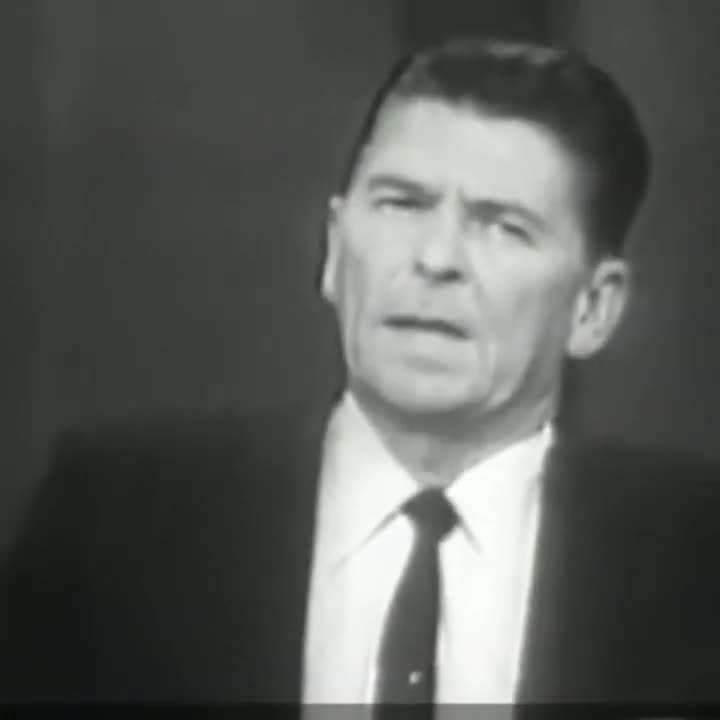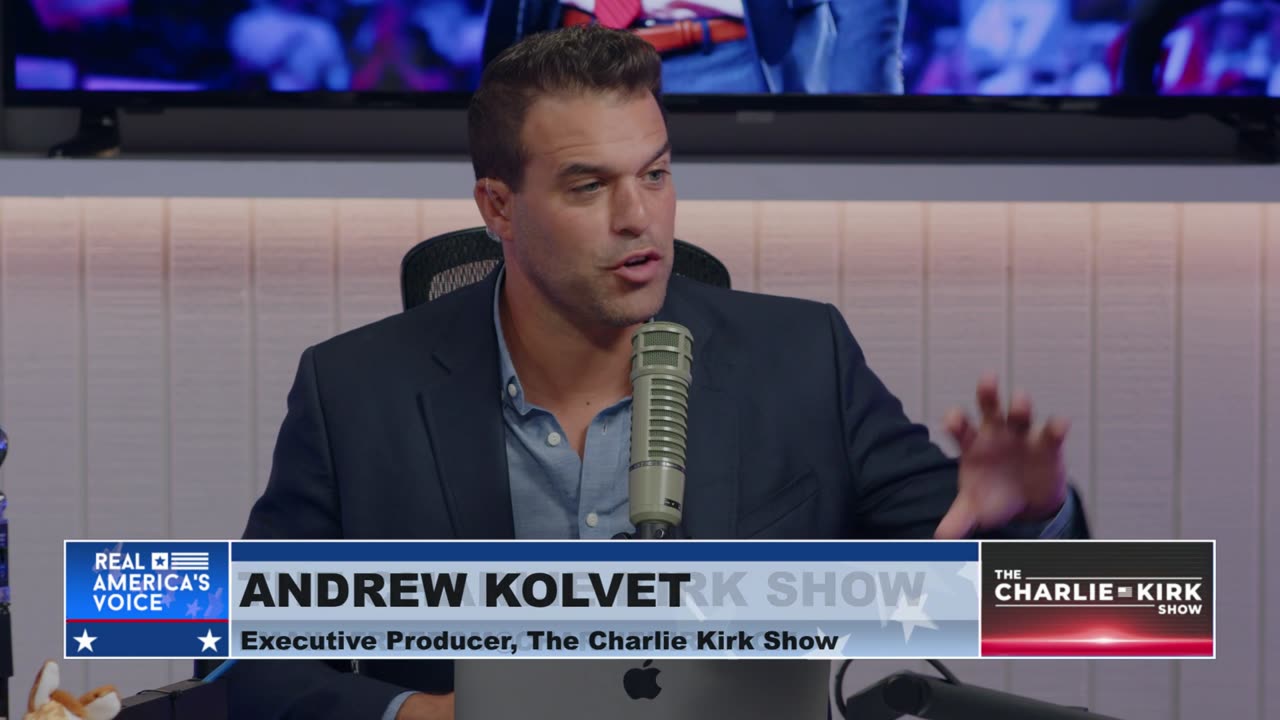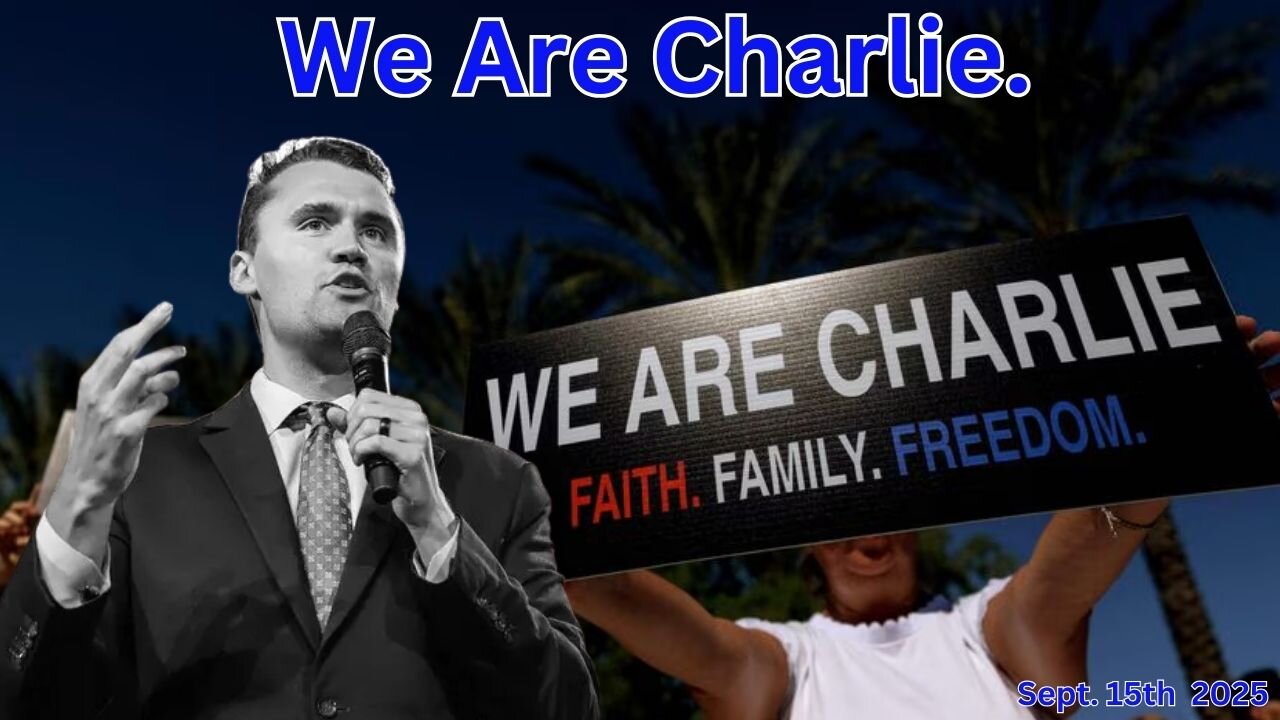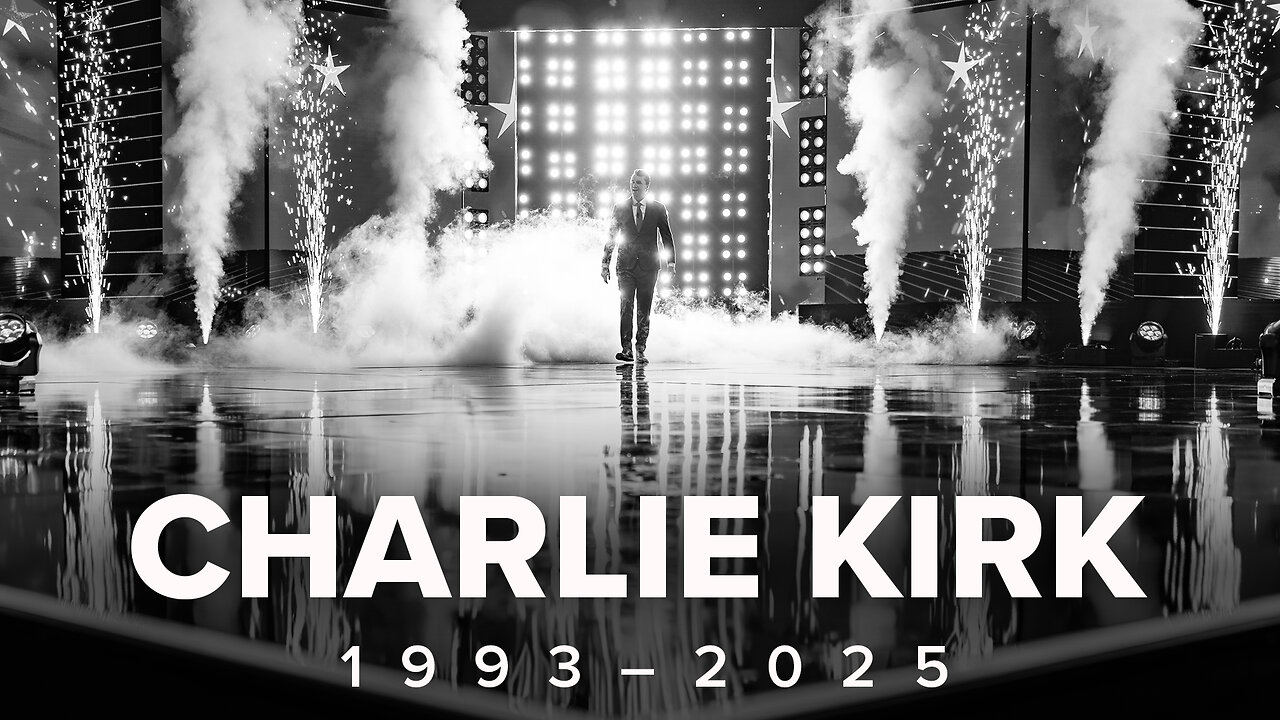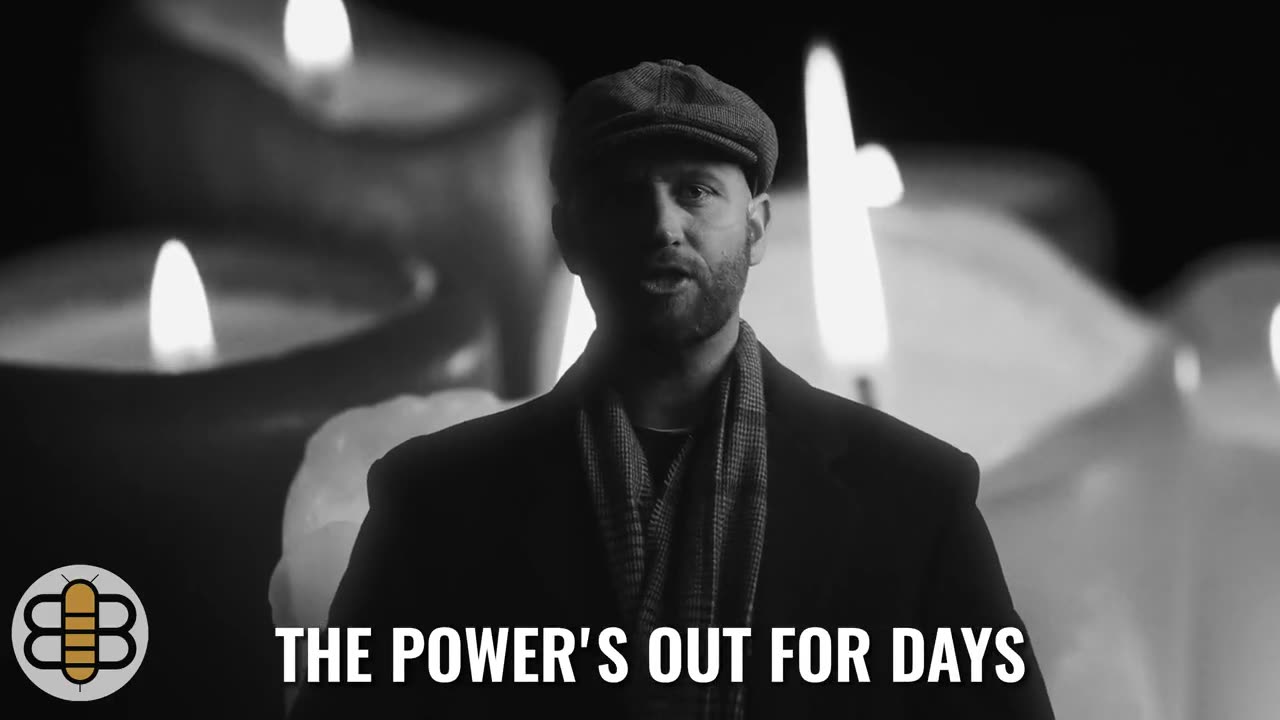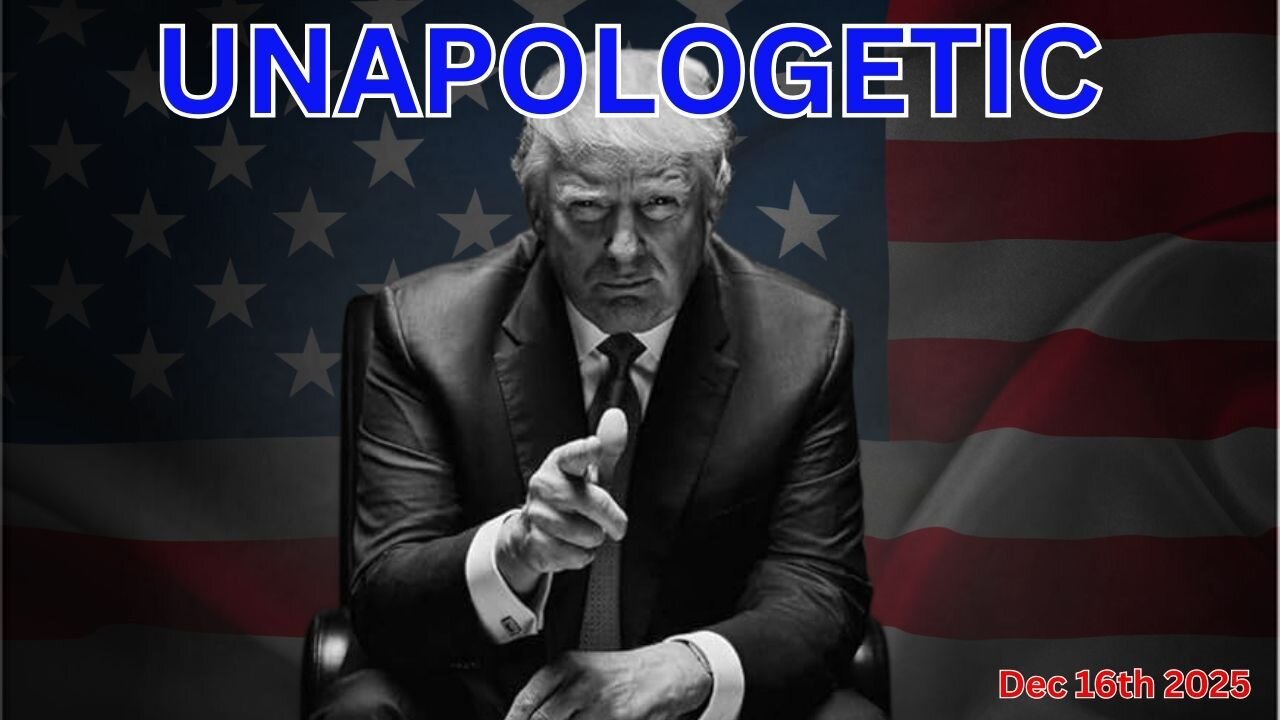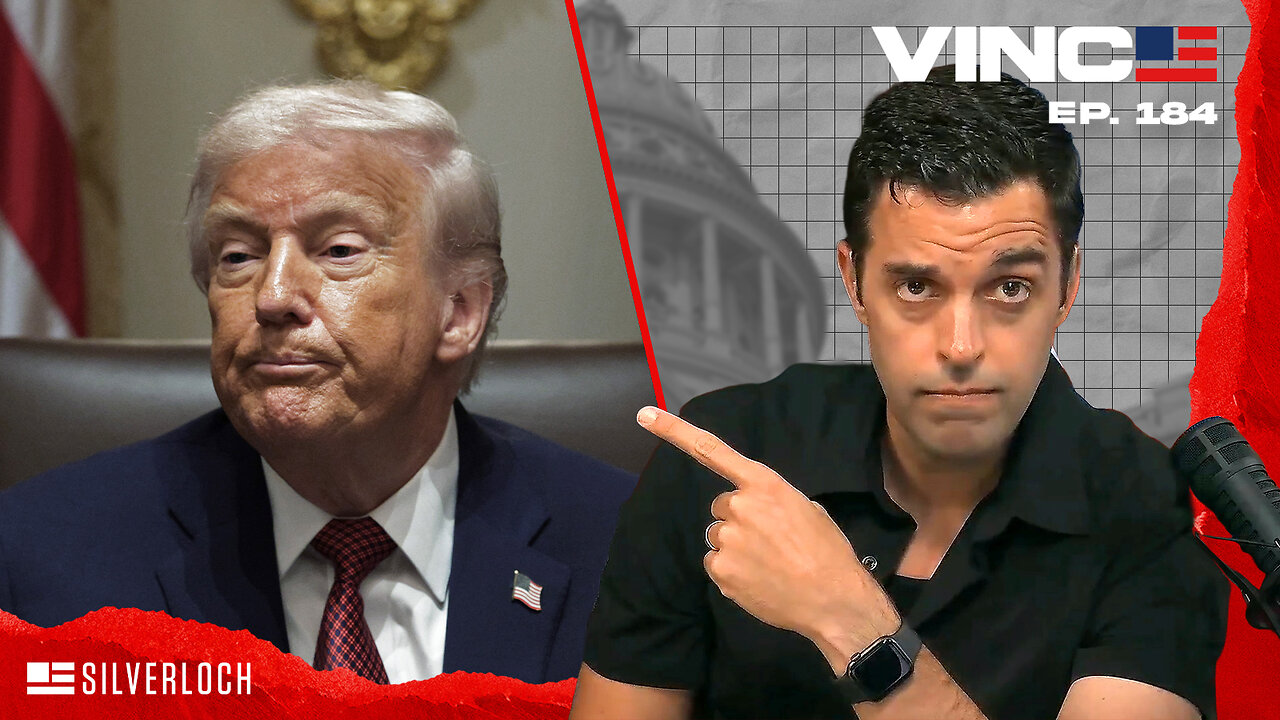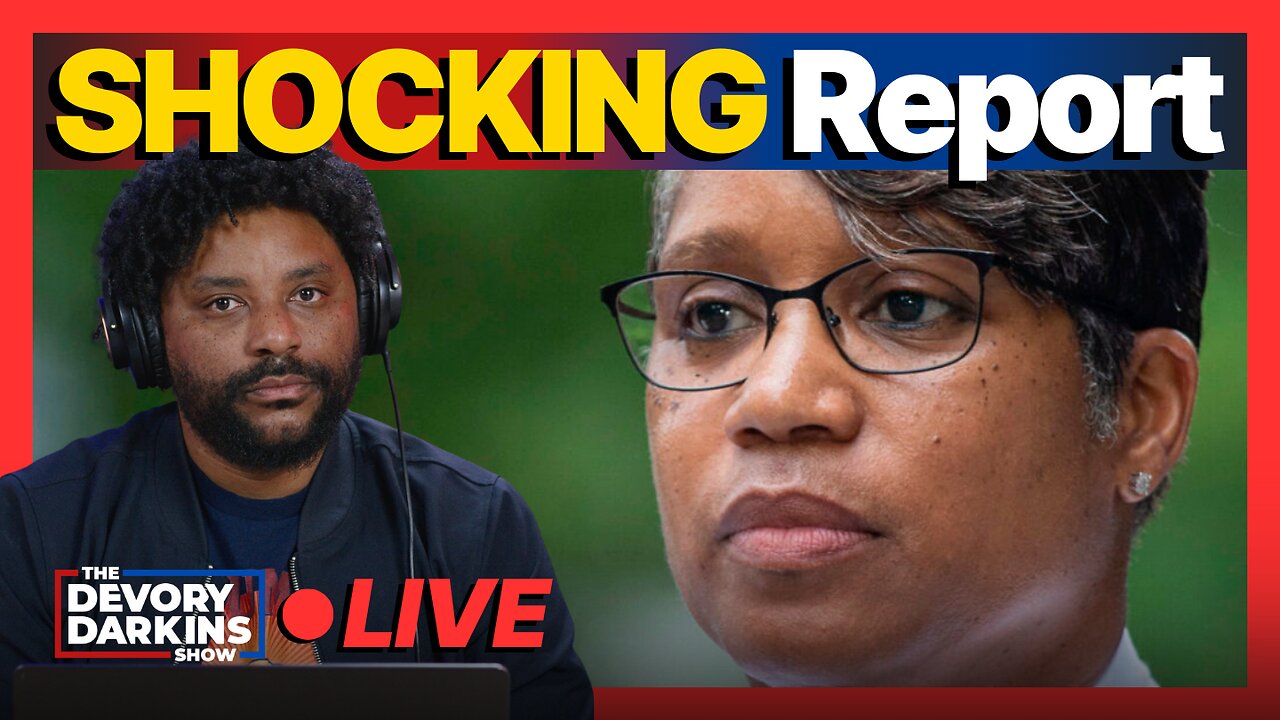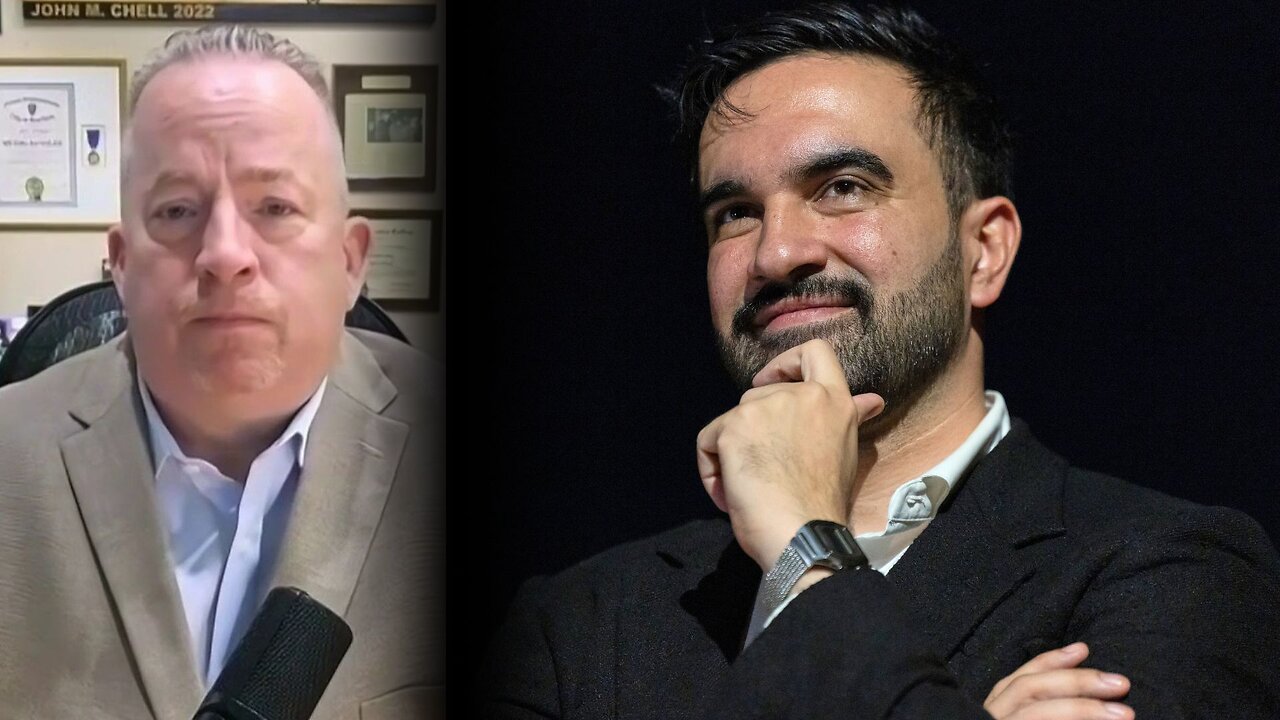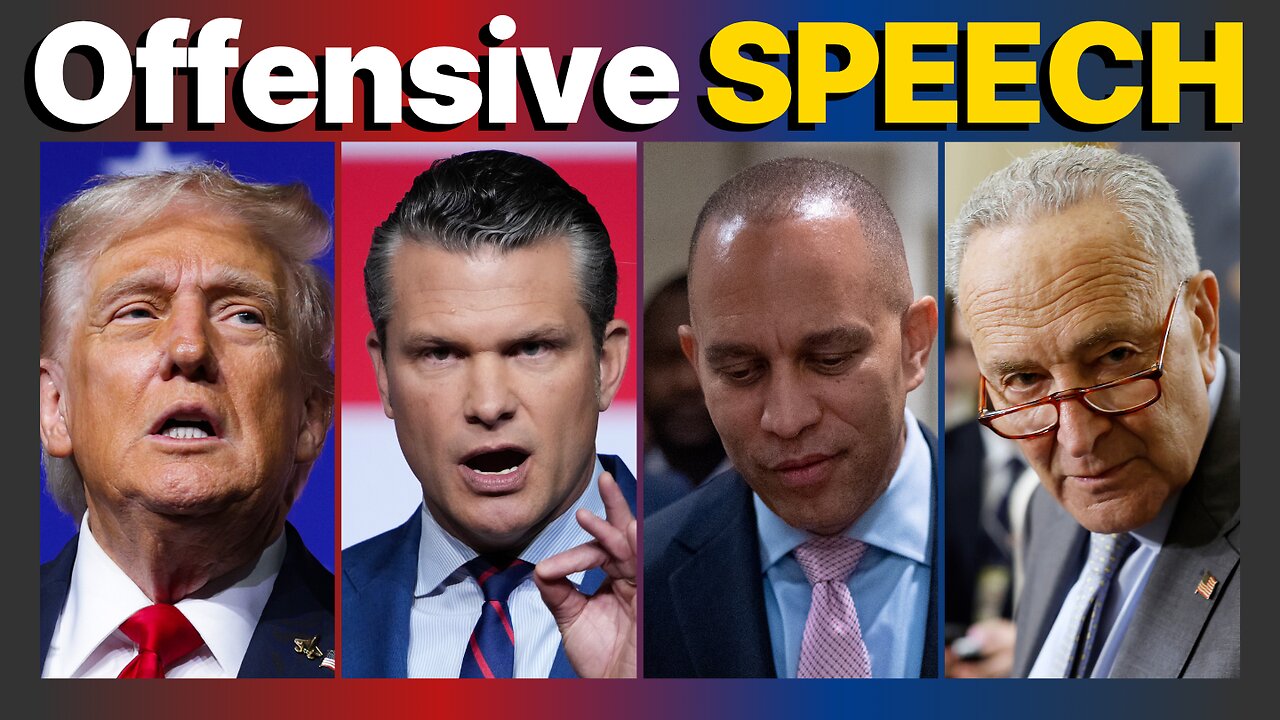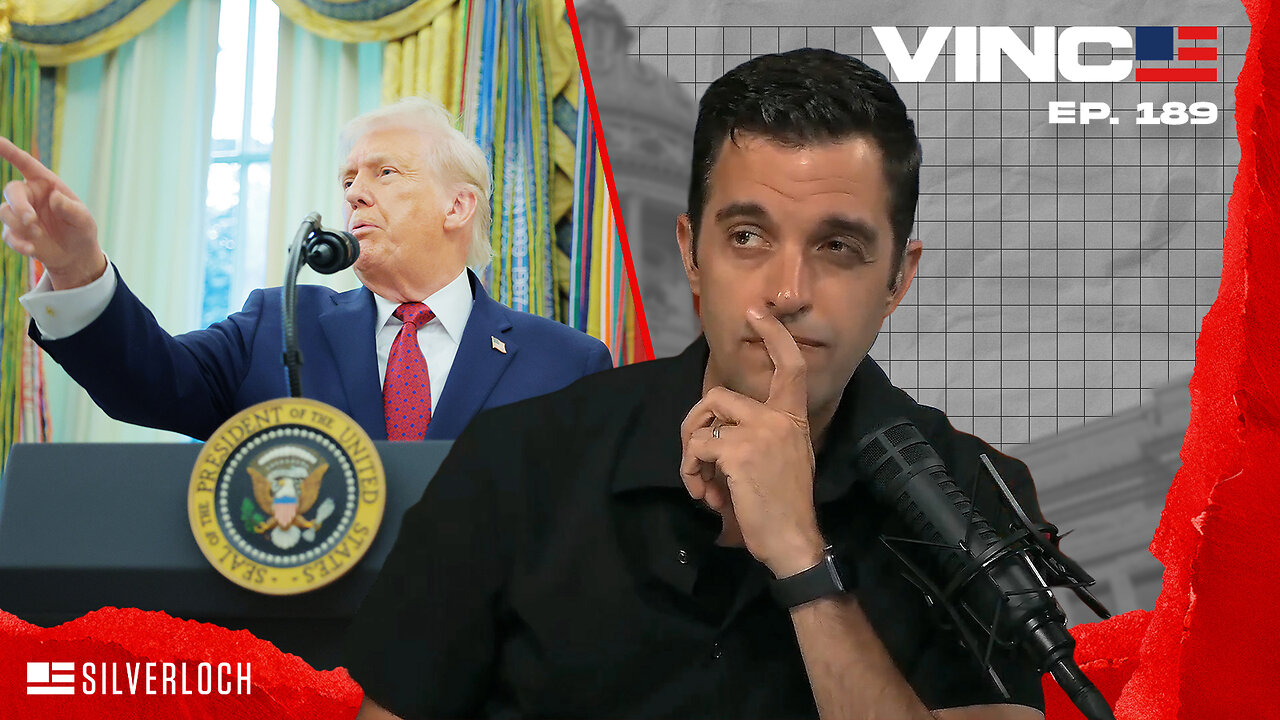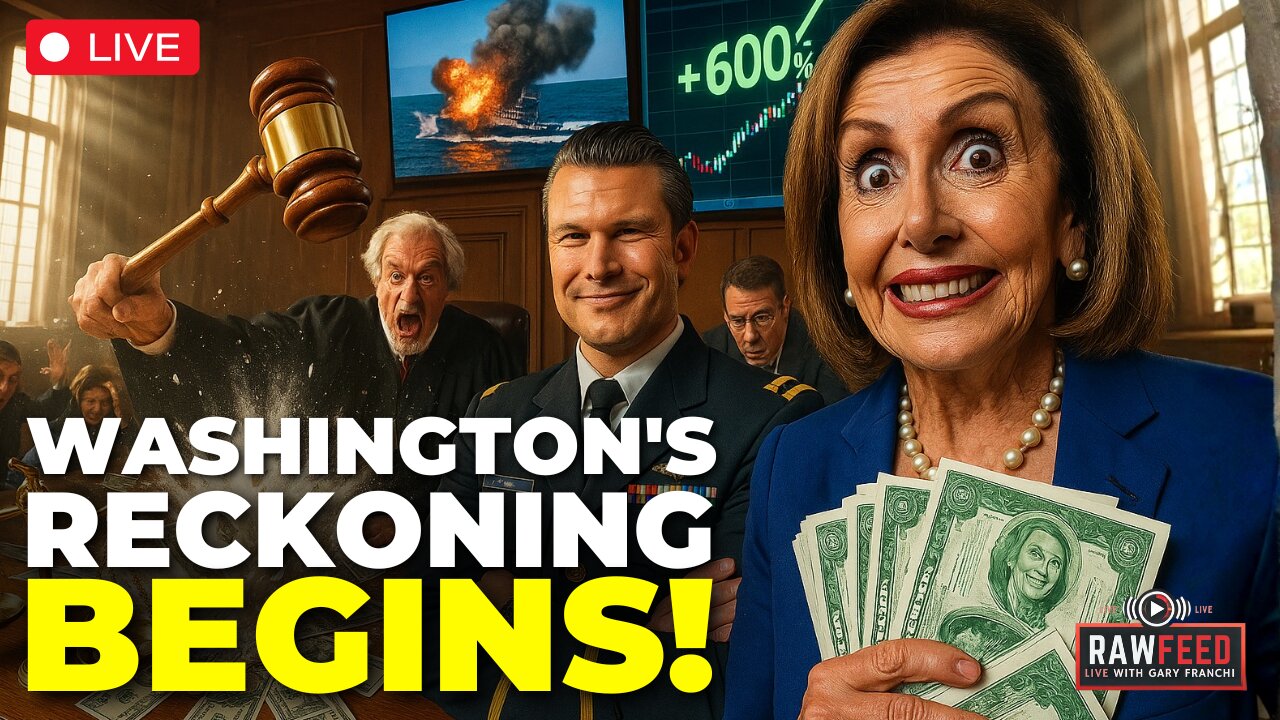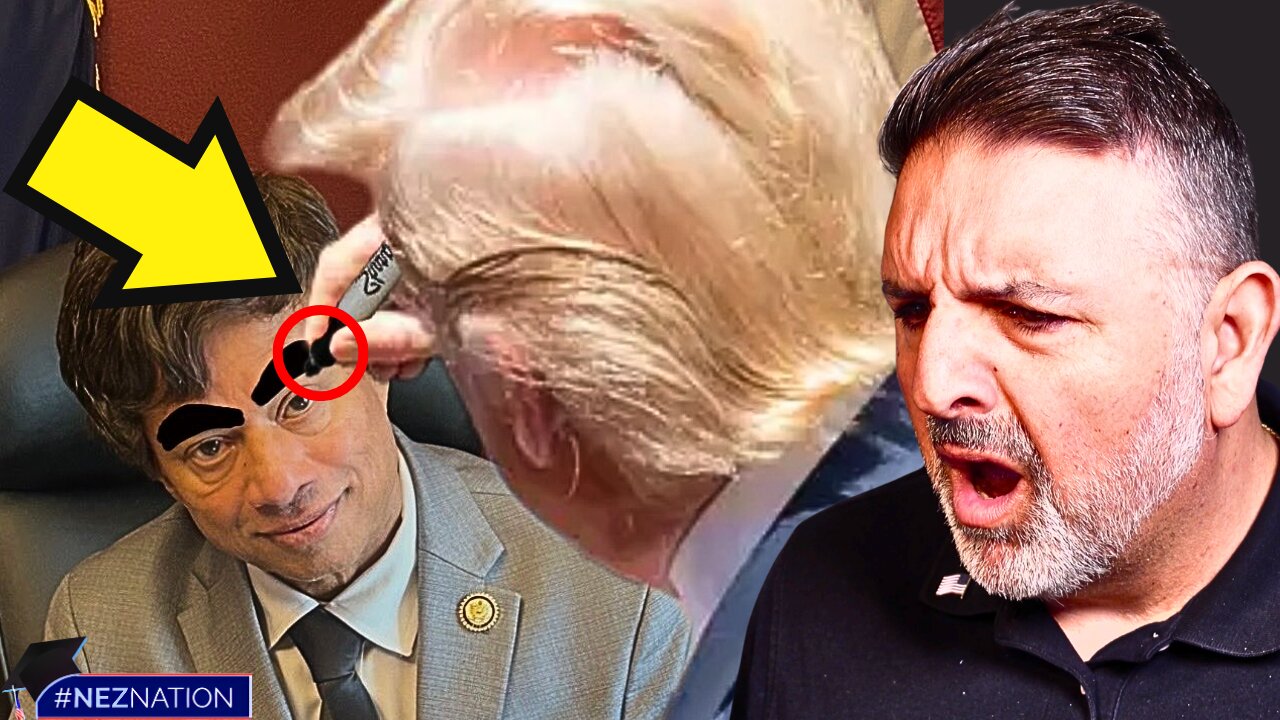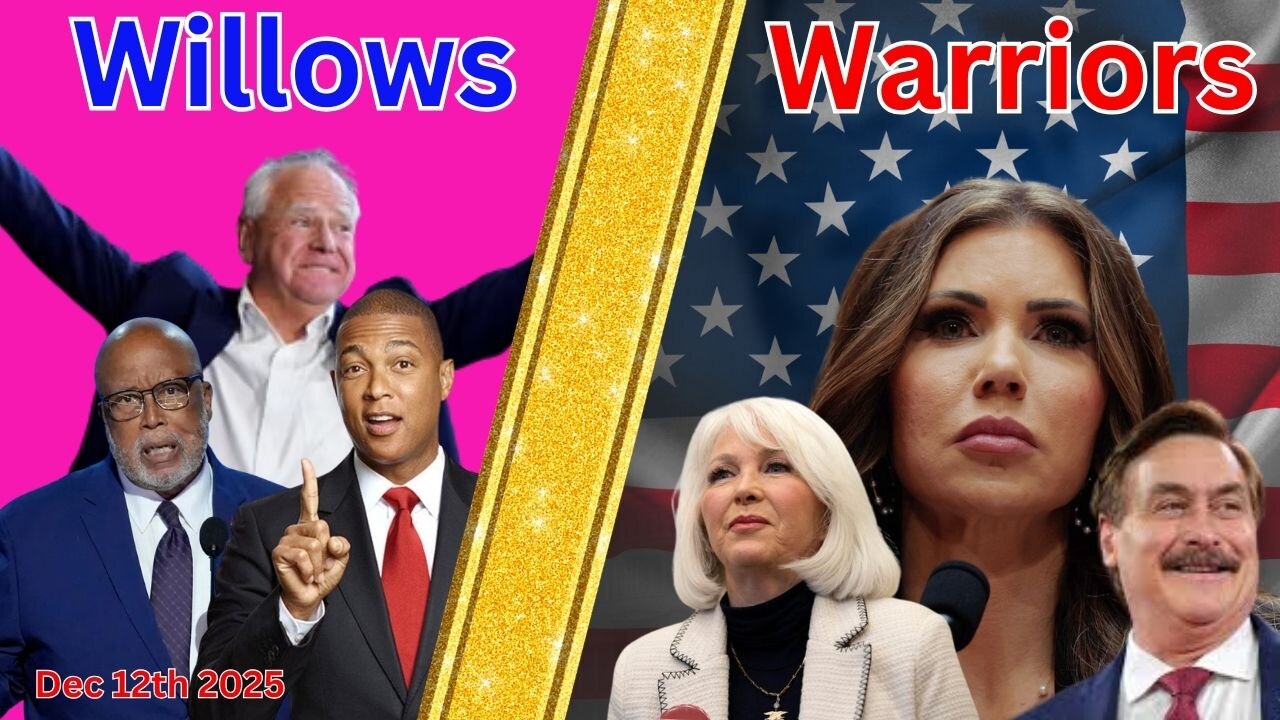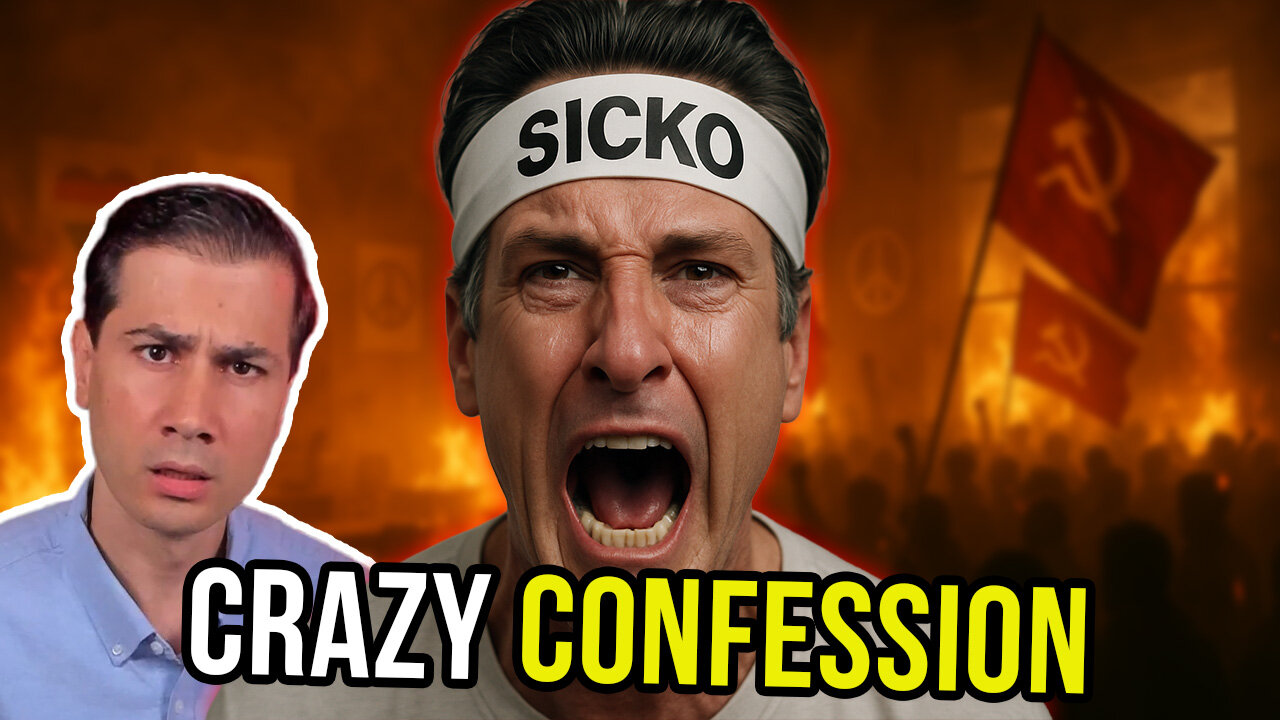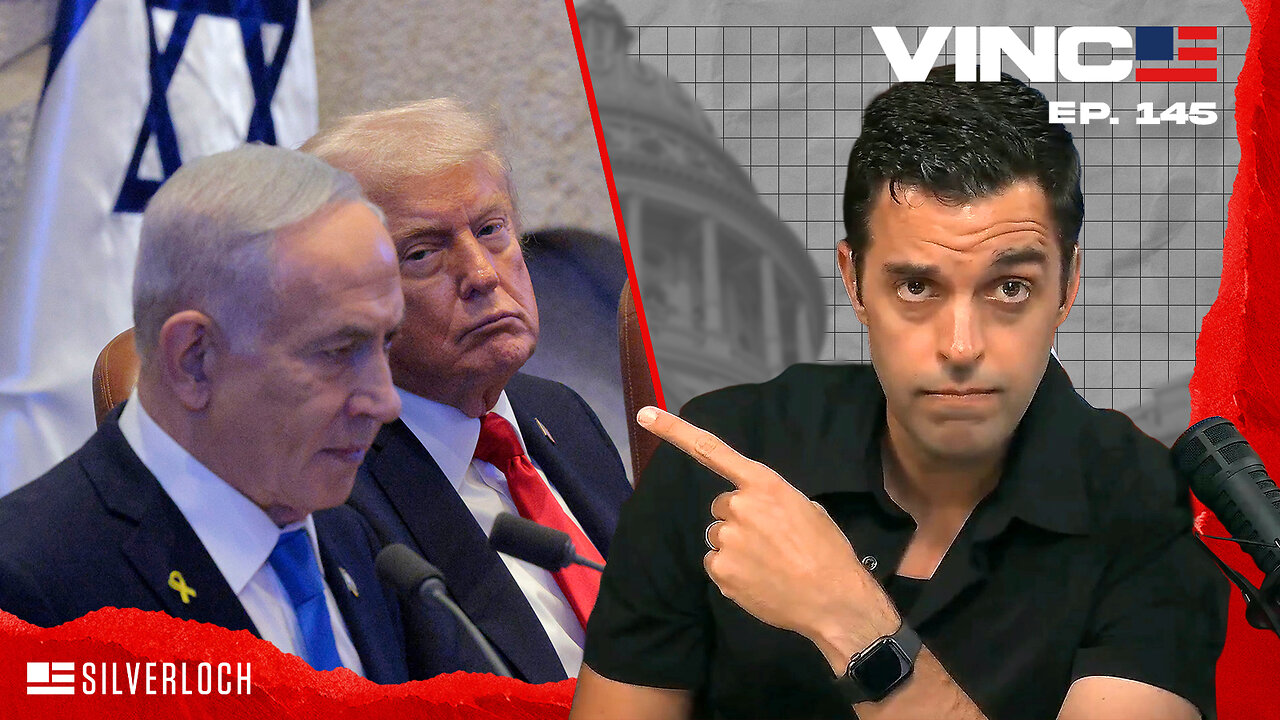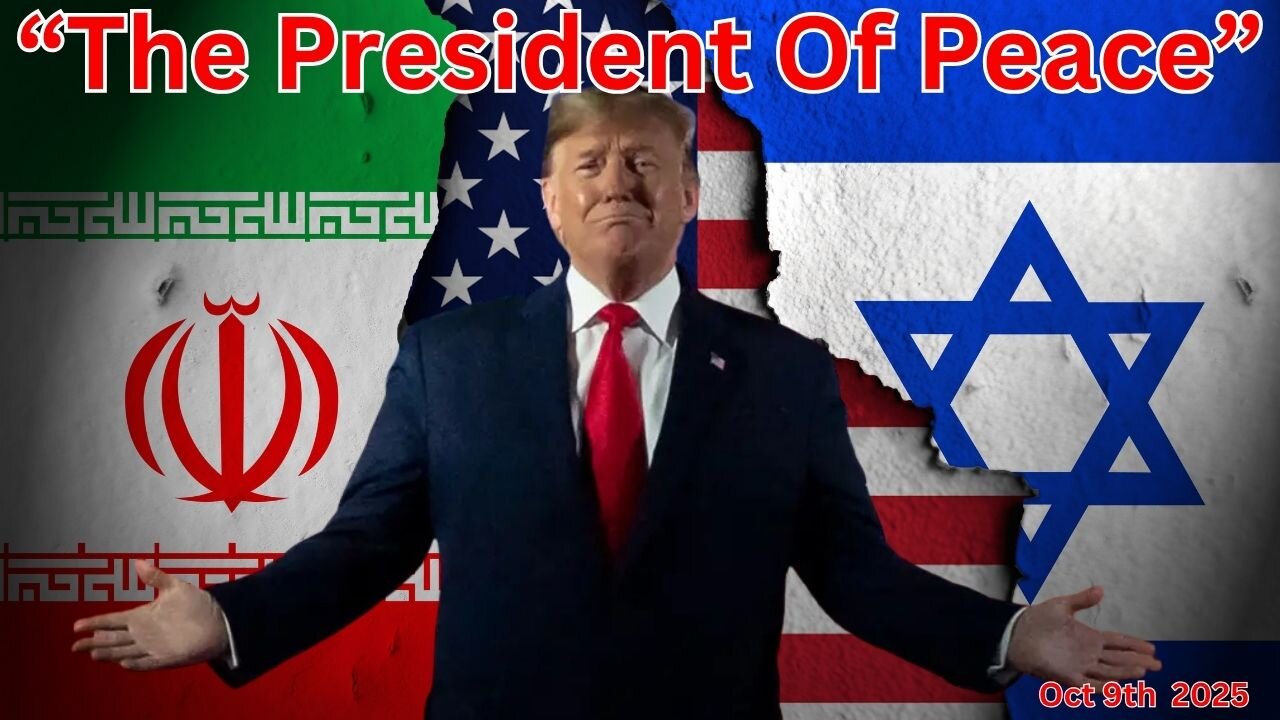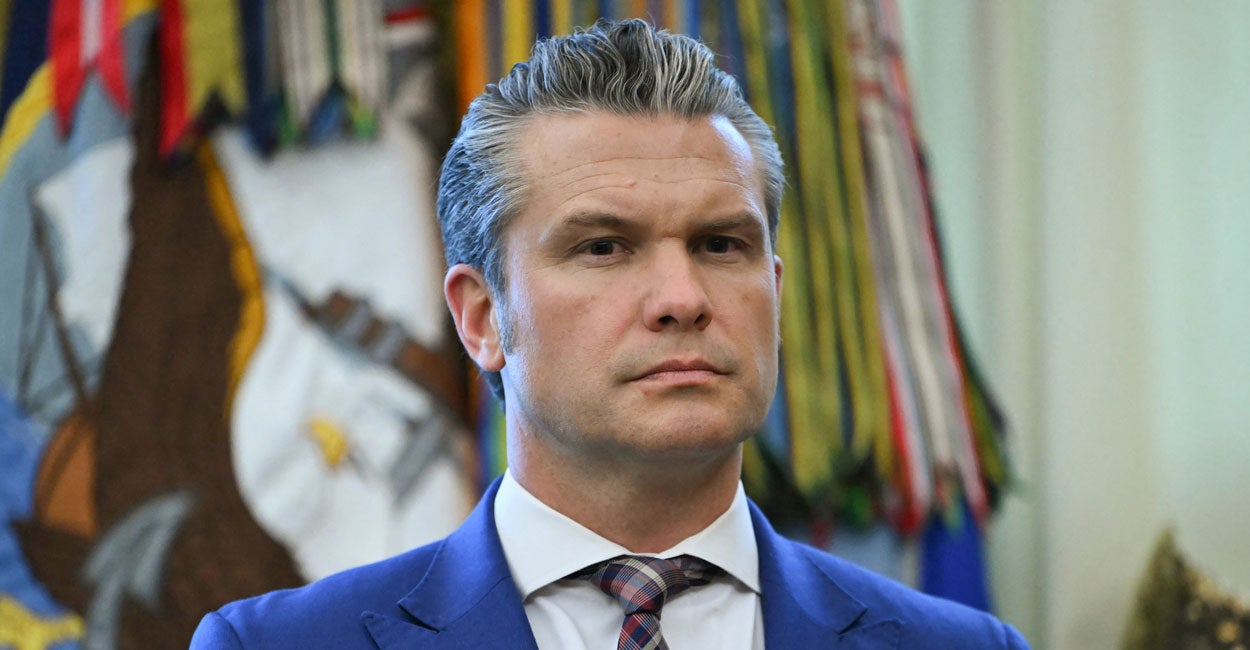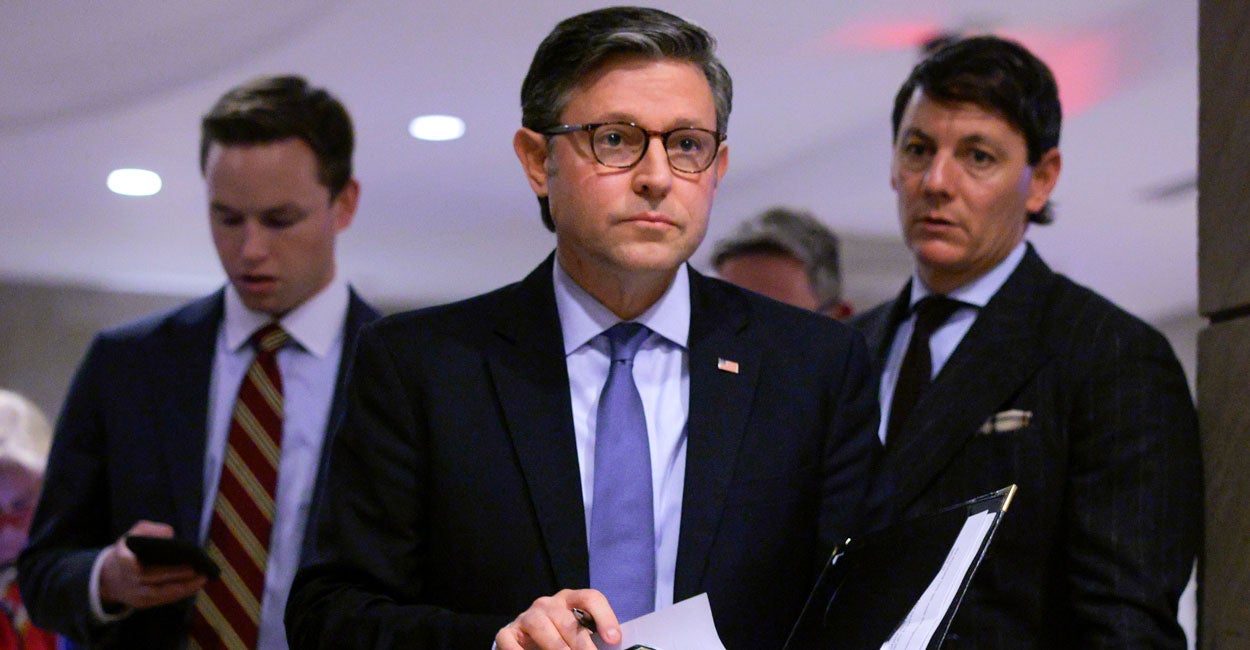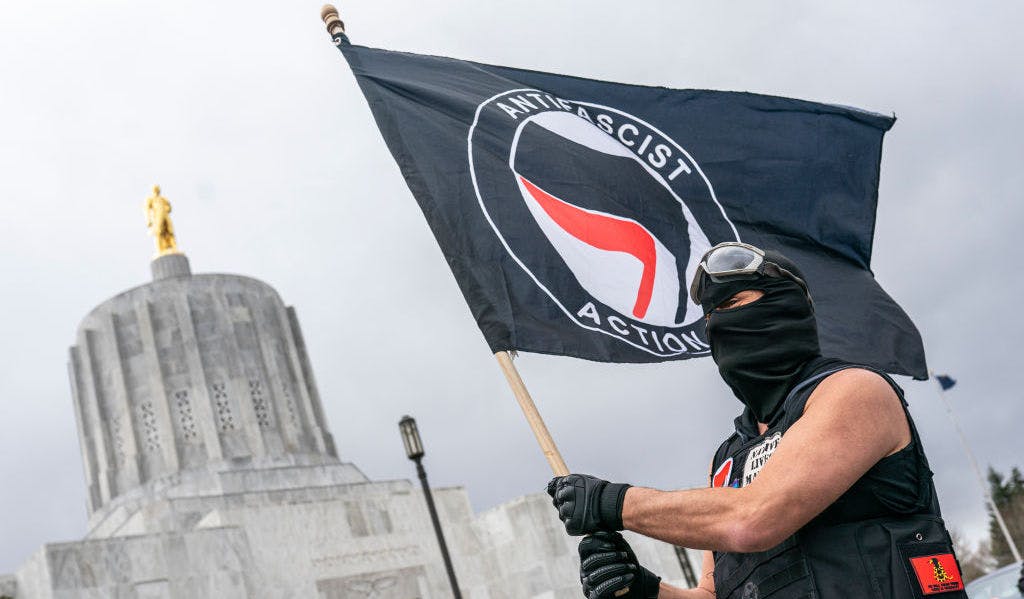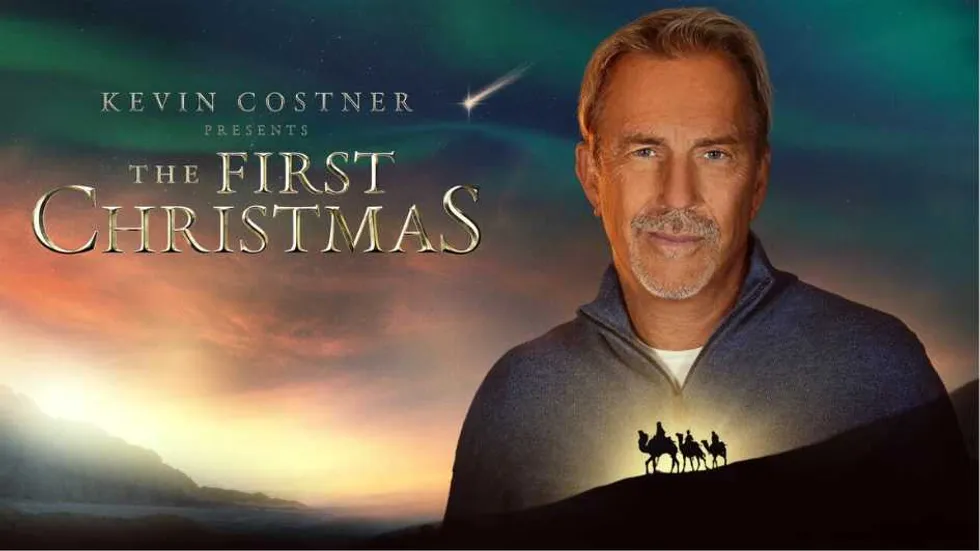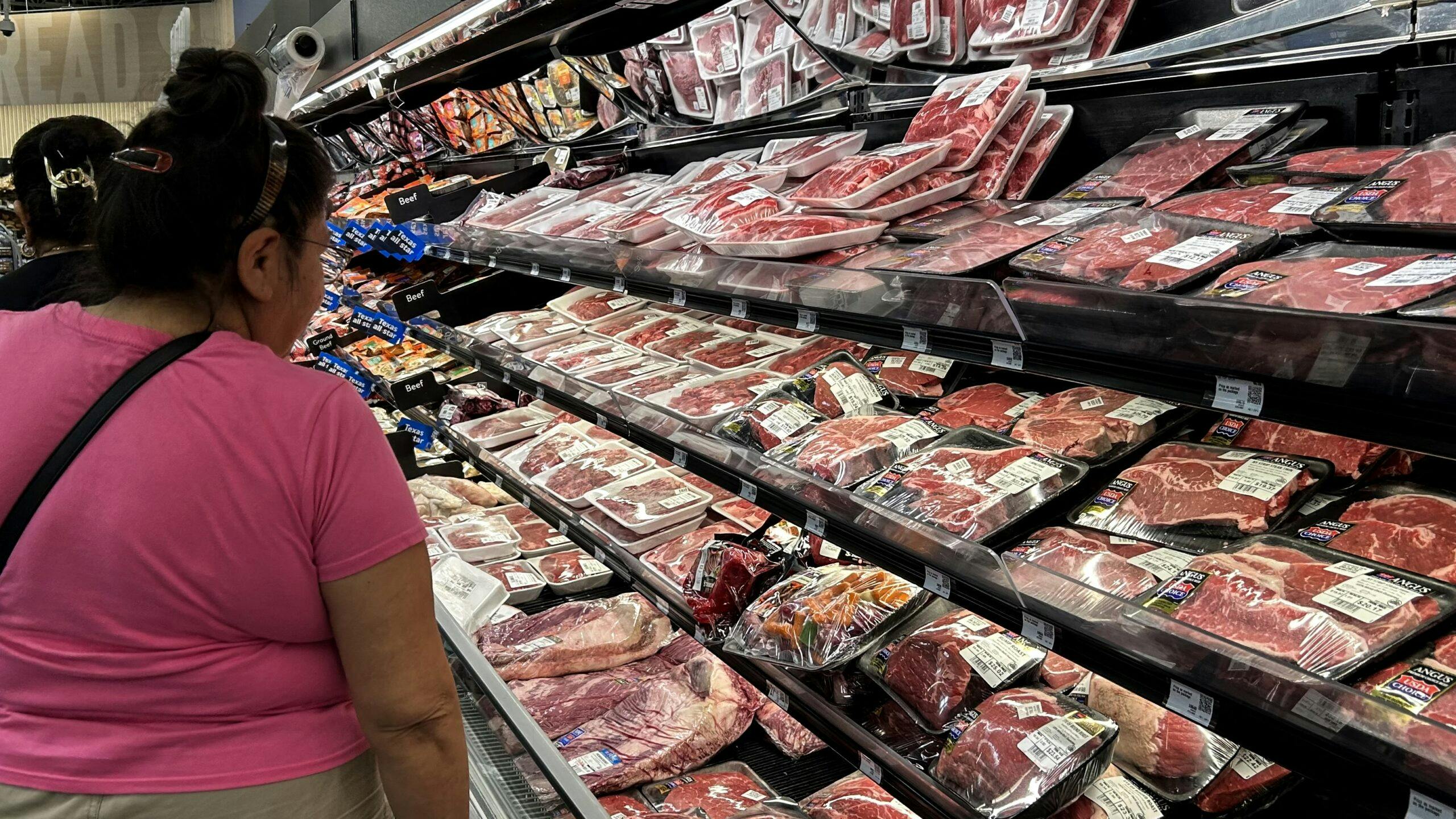A Historian Explains The History And Traditions Of Thanksgiving

What really happened on the first Thanksgiving? Why do we eat turkey? How long has football been associated with Thanksgiving? Are Americans still honoring the spirit of the holiday?
Live Your Best Retirement
Fun • Funds • Fitness • Freedom
The Daily Wire’s Morning Wire interviewed historian Melanie Kirkpatrick to get to the bottom of these questions – and more.
According to Kirkpatrick, author of “Thanksgiving: The Holiday at the Heart of the American Experience,” Thanksgiving goes back even before the Pilgrims.
“Many of the European explorers who came to this continent called days of thanksgiving, and of course, the original thanksgivings were called by Native American populations,” Kirkpatrick explained.
“The pilgrims, after their first harvest, they gathered their people together and called a day of thanksgiving,” she explained. “And I’ll point out that it’s very wonderful when you consider that half of the pilgrims had died between the arrival of the pilgrims and the day of thanksgiving. But nonetheless, they gave thanks for the blessings of the harvest and for being together. And then, of course, Native Americans joined them.”
“There were about 90 Native Americans who joined them, and they celebrated for three days,” Kirkpatrick said. “We know all of that because thanks to two articles, two commentaries by two of the pilgrims.”
However, Kirkpatrick said, “a lot of the other stuff we traditionally associate with the pilgrims is not necessarily true.”
“There’s a famous painting of the first Thanksgiving, showing the pilgrims having a meal outside. That’s true,” she said. “But if you look at the other items in the painting, not so true. For example, the pilgrims are all dressed in dark colors. And in truth, they wore bright colors, which goes against what we all learned in kindergarten about how the pilgrims dressed.”
“Similarly, the Native Americans who were there were depicted as wearing elaborate headdresses, like you’d see in the Plains Indians. But that wasn’t true either,” she said. “They wore maybe one or two feathers.”
Did they really eat turkey at the first Thanksgiving?
Kirkpatrick says we don’t know what exactly was eaten. However, one of the pilgrims mentions “the great store of wild turkey that was available.”
“So they probably had turkey,” she said, adding that they had venison, too.
“We know they had venison because the Indians brought as a gift a bunch of deer that they had killed,” Kirkpatrick said. “That was a standard feature of Thanksgiving Day up through … parts of the 19th century actually.”
Turkey became common on Thanksgiving as there were so many wild turkeys in New England, the author said.
“I just saw a flock of turkeys out my window the other day – I live in Connecticut. So they were easy to find,” she said. “Also, they were, by the end of the 18th, early 19th century, they were domesticated, so they were special.”
Kirkpatrick added, though, that in New England in the 19th century, the central feature of the Thanksgiving Day meal was actually chicken pot pie.
“I know people in New England whose families still have that tradition of having chicken pot pie around the time of the holiday – not necessarily on Thanksgiving Day,” she said. “And as the holidays spread out west, American settlers brought their own food traditions with them. So you find beef being eaten on Thanksgiving instead of turkey, and as settlers from other places came to this country, they brought their own traditions with them, like lasagna and stir fries, curries. So the meal is still evolving.”
What do we know about the origins of the official Thanksgiving holiday?
“The early settlers in New England fixed the dates of their thanksgivings by community or by church,” Kirkpatrick said. “And then the governor of the New England colony would name a date.”
The celebrations were very “ad hoc,” she said. But this all changed when the “Mother of Thanksgiving” stepped in to make the holiday official.
“Along came Sarah Josepha Hale, who was the editor of Godey’s Lady’s Magazine, the most popular and most widely read magazine of the early part of the 19th century,” Kirkpatrick said. “She was from New Hampshire, and she adored the thanksgiving holiday, and she decided to try to make it national. She saw it as part of American culture, part of our heritage, and she tried to persuade presidents of the United States to name a Thanksgiving Day.”
“Hale used the power of her magazine to write about Thanksgiving and encourage governors to coordinate the date so that they would have the same date,” she continued. “Finally, as the Civil War was approaching, she intensified her campaign. And in 1863, she wrote to Lincoln asking him to name a date when the whole country could celebrate. He did, and in 1863 was the first date that at least part of the country, the North, the Union, celebrated on one day.”
“Every president since Lincoln has named a day, an official date of Thanksgiving,” the historian explained. “Interestingly, it wasn’t until 1941 that Thanksgiving became official. Congress passed a resolution naming the fourth Thursday of November the date of Thanksgiving, and President Franklin Roosevelt signed it into law.”
Thanksgiving And Football
Relatively soon after football developed in the United States, it was connected to Thanksgiving.
The tradition of tying football with Thanksgiving started to grow around the 1870s, Kirkpatrick said. “The first football games took place in the late 1860s between Rutgers and Princeton,” she said. “And then there was a college championship game that was played in New York City, and New Yorkers really got into it, and it was played on Thanksgiving Day. So that tradition in New York sets the scene, sets the trend, and other cities followed suit. And then high schools and community groups would have it by the 1890s.”
“There was a tradition of having games on Thanksgiving morning, and the guys would go off to the games and the women would stay home and make dinner, and everybody would reconvene in the afternoon and celebrate Thanksgiving,” she said.
How Thanksgiving has evolved
Discussing the evolution of Thanksgiving, Kirkpatrick said the “value has shifted somewhat,” but people still associate the holiday with charity and family and friends.
“It’s not as religious a holiday as it used to be,” she explained. “For the first couple of hundred years, people went to church on Thanksgiving morning, too, before they went to football. But we don’t see that as much. It’s still religious in the sense that if a family is going to say grace before a meal, it’ll be on Thanksgiving.”
“But the values of generosity to the poor, for example, have long been associated with Thanksgiving,” she said. “The earliest example I found of that was, I think, 1624. And today, people participate in helping, making sure that the military gets a good Thanksgiving dinner, and prisoners and people who have a hard time affording the meal.”
“I think maybe the saddest image in American culture is somebody who has no place to go on Thanksgiving Day,” Kirkpatrick added. “It’s a day that’s associated with family and friendship, as well as food.”
Originally Published at Daily Wire, Daily Signal, or The Blaze
What's Your Reaction?
 Like
0
Like
0
 Dislike
0
Dislike
0
 Love
0
Love
0
 Funny
0
Funny
0
 Angry
0
Angry
0
 Sad
0
Sad
0
 Wow
0
Wow
0
